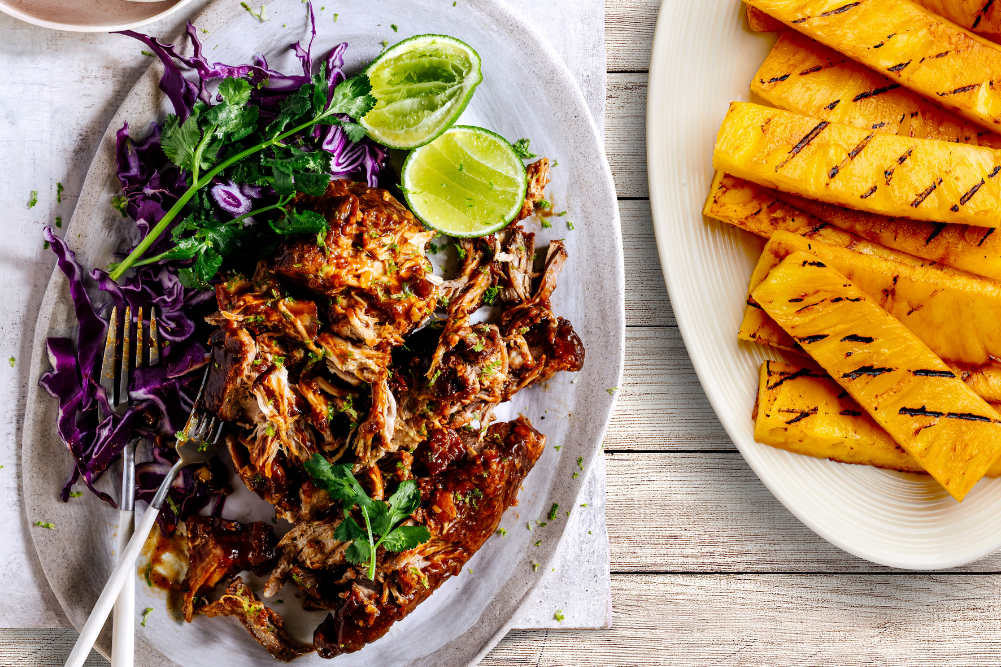Easy DIY Fermented Vegetables
Easy DIY Fermented Vegetables
Fermented vegetables are traditionally eaten in many countries around the world but are unfortunately missing from the common Western diet. When foods are fermented they create beneficial bacteria such as lactobacilli, which enhances the growth of beneficial bowel bacteria. The fermenting process also boosts the vegetables digestibility and increases their nutrient content. Here’s a delightful recipe to try at home.
Servings
Prep time
Cook time
Recipe
Ingredients
- 500mL filtered water
- 1 tbsp sea salt
- 1.2kg glass jar, washed well
- 400g mixed vegetables, washed & sliced (carrots, red & white cabbage, beetroot, cauliflower, celery, or green beans)
- ¼ cup apple cider vinegar
Method
- To make the brine, mix water and salt together in a jug.
- Wash your hands well then pack the vegetables into the jar, pushing them down as much as you can. Pour brine over vegetables, then pour in apple cider vinegar. The vegetables should be all covered in liquid.
- Close the lid and give a gently shake so brine and apple cider vinegar mix together.
- Place the jar in a warm place in the kitchen and let sit for 24 hours. You may notice some bubbling, this is normal.
- After 24 hours open the lid and press down vegetables. If vegetables aren’t covered completely in liquid, add a little more water, salt and apple cider vinegar.
- Close the lid and let it sit for another 6-7 days. If you notice a white bacteria film on the top of your brine, simply spoon it off and place it in the fridge.
- Use a clean fork to remove veggies and once opened keep your fermented vegetables in the fridge.
- Tip: The thinner you slice your vegetables the quicker they will ferment and softer they will go. You only need to add a spoonful of fermented vegetables to your lunch or dinner daily to reap their wonderful health benefits.
Tried this recipe? Mention @wellbeing_magazine or tag #wbrecipe!








